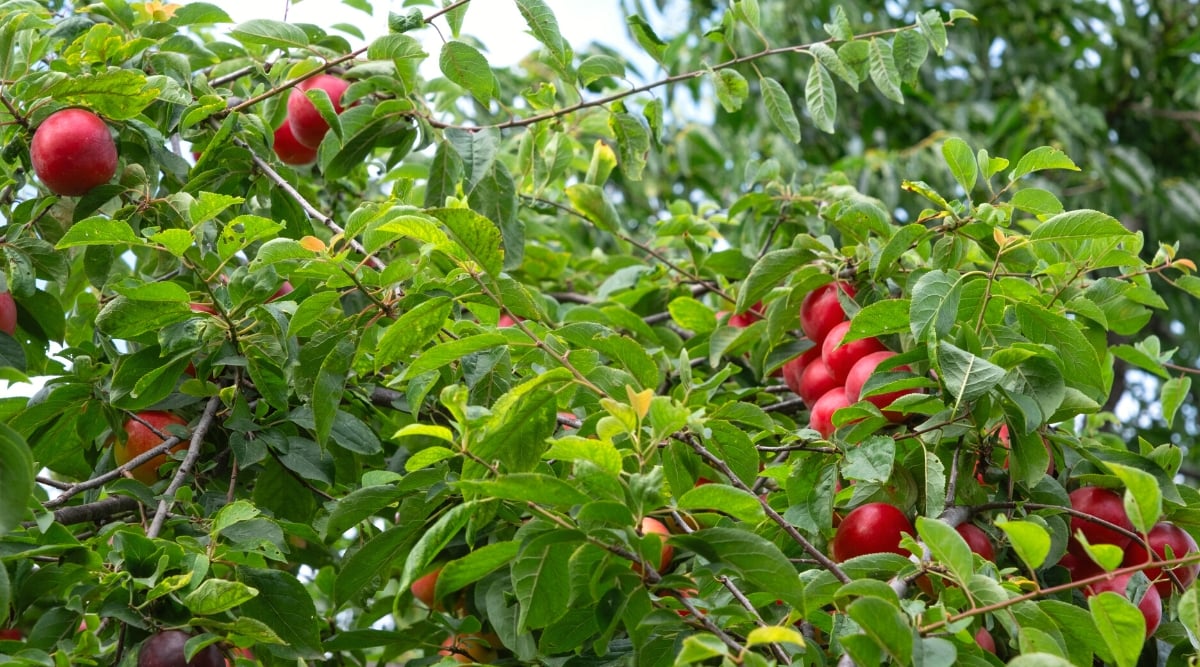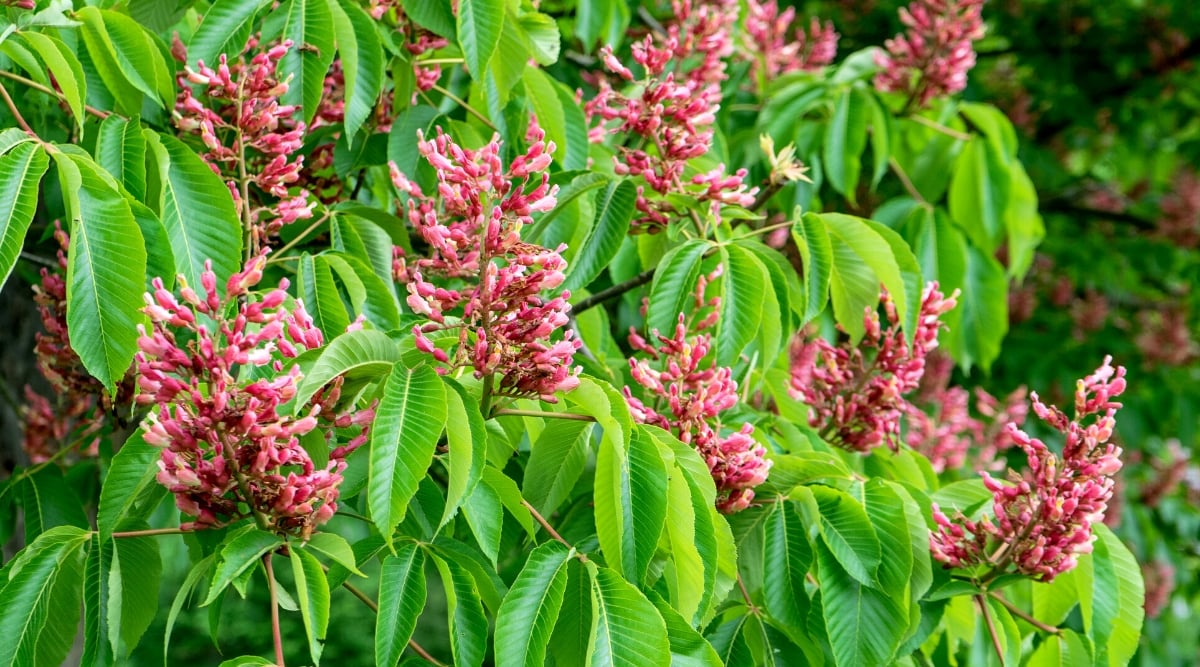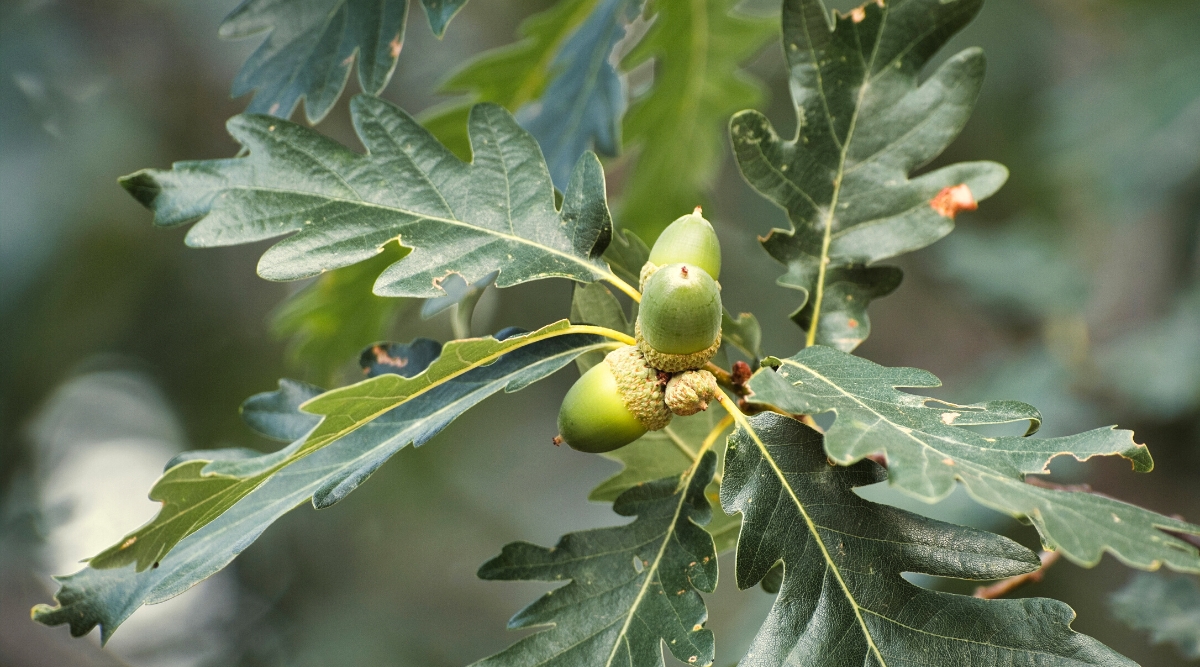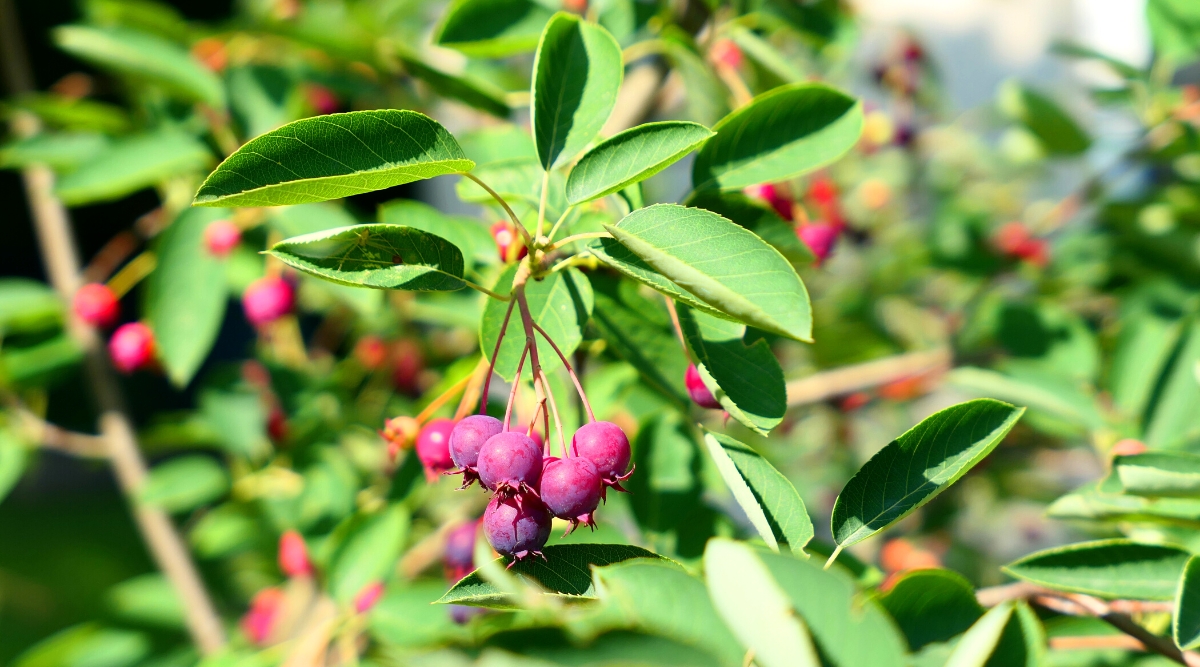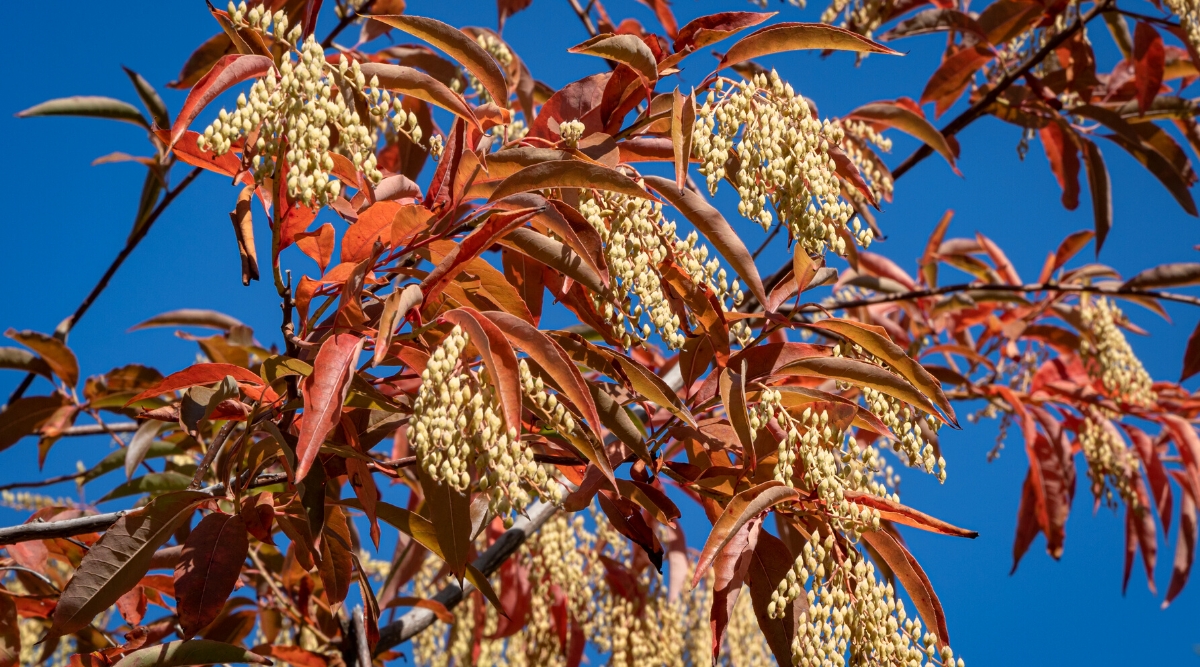Gardening Tips
Are you starting a permaculture garden and wondering what Tree to turn ? Permaculture is a cracking way to make a sustainable garden in your own yard ! you may develop a wide variety of plant and revel an edible landscape . In this article , gardening enthusiast Liessa Bowen will talk about the types of Sir Herbert Beerbohm Tree that ferment wonderfully in a permaculture garden .
Contents

Permaculture is the pattern of raise useful plants in an globe - well-disposed and sustainable way . Permaculture combines two words : permanent + agriculture . When looking at a landscape , the most lasting plant you typically see is tree ! There are plenty of Tree you should look at for a permaculture garden , and the best unity will be those that develop well where you live and that you will most appreciate .
You ’ll need to seriously consider what type of landscape you require to make and how you will require to use it . When think over which plants to incorporate into your permaculture garden , ask yourself which plants offer the most benefits .
The following is a list of some of theways plants can be good in your landscape . industrial plant can :

When face for the good option for your landscape , you will want to moot where you populate . As with any works , you ’ll ask to find out a bit about your landscape feature film and pick out well - adjust species to uprise there .
Permaculture gardens can be a great elbow room to maximize your enjoyment of your own yard . Keep reading to learn trees into your permaculture landscape painting .
The Short Answer
The best tree diagram for your permaculture landscape are those that grow best in your region . After you identify those that prosper in your area , prefer the 1 you will enjoy the most or get the most use from . There ’s no sense in growing a specific fruit sort , for instance , if you do n’t wish eating that type of yield . As you look , select variety with edible fruits or nuts or put up a service to you or the local wildlife . Do n’t just go for ornamental beauty . Look for trees that willadd some real benefit to your landscapeand the surrounding environment .
The Long Answer
The in force trees for your permaculture landscape will be the ones you appreciate the most . However , it ’s good to think outside the box when growing a permaculture garden . Perhaps all your neighbour have a fountain - blooming non - aboriginal species in their yards , which provides no practical welfare . refuse the temptation to plant that same species in your yard . or else , select one that you may use in some way or thatcontributes to the raw environment .
Look for tree diagram that haveedible fruit or screwball . Select coinage or cultivars that are well - adapt to your local ecosystem . Pay attention to which species will be easiest for you to maintain sustainably . Any Sir Herbert Beerbohm Tree you industrial plant will probably be capable to serve more than one function and give you the maximum welfare of its presence .
As you plan your permaculture landscape , you ’ll require to contain a variety of dissimilar types of plants . How much blank do you realistically have for a large variety ? Where will you localize them so that your other plant will have enough space and receive enough sunlight ? soak up out a plan for how you want your garden to expect .

Permaculture Basics
It ’s dear to start with the basics to create a permaculture garden . Permaculture garden will accent some of the following nonpareil :
There are many benefits of permaculture garden . you could grow an entire landscape painting filled with eatable and useful works . You wo n’t be the only one to revalue your plants , either . They will also benefit plenty of birds , butterflies , bees , and other wildlife . Permaculture gardens flux in with the natural ecosystem and are sustainable for the long term rather than damaging or harmful to the environment .
Choosing the Best Plants
Regardless of which types of flora you are take for your permaculture landscape painting , you ’ll want to take the best . What makes one works better than another ? First , find plants that grow well in your climate . correspond out aUSDA Plant Hardiness Zone mapto instruct whatclimate zoneyou live in . Choose plants that are stout in that zone . It wo n’t do you any good to prove to develop a Sir Herbert Beerbohm Tree or any other works that wo n’t survive in your clime .
Look at your landscape and , in particular , your specific environmental status . Do you have a location with full sun , partial sun , or full specter ? Do you have a location with copious , damp soil or dry , gritty grunge ? Is the stain well - drain or miry ? Consider all these factors and select trees that are well - adapted to the specific conditions of your permaculture garden .
Finally , if you want to grow a permaculture landscape , look for the plants that you actually want to use . I would n’t suggest growing a cherry tree , for example , if you dislike deplete cherries . If you do like cherries , however , it ’s ideal ! If you eff watching butterfly , grow an categorisation ofpollinator - favorable plantsthroughout your yard .
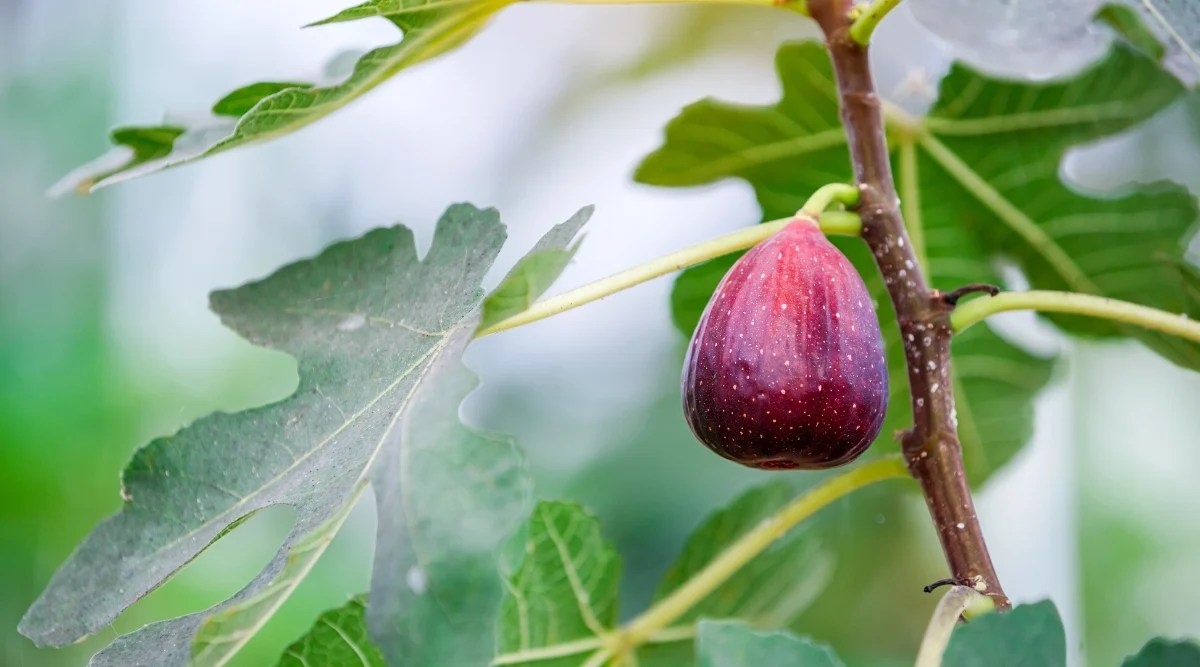
Fruit and Nut Trees
Fruit and Nut can be splendid additions to permaculture landscapes , but only if you may maturate them well . Look for those that will arise in your clime and your specific landscape painting . seek to take types that willnot require regular chemical program . bet for aboriginal species and disease - resistant assortment that can assist eliminate the need for pesticide and antifungal agent .
The follow are just a few suggestion of rattling permaculture trees with edible fruits and nuts , along with some of their benefit .
Fig
Fig trees(Ficus carica ) are excellent for an eatable landscape . They favor warmer mood and fertile , damp soil . They are smallish , round tree with attractive leaf and great crops of delicious fruits that can be eaten impudent , dried , frozen , or preserved . Fig vantage :
Mulberry
Mulberry ( Morus rubra ) is a quick - maturate native fruit tree that bring forth abundant fruits that both people and bird can run through . Many people do n’t like grow mulberries because their fruit are messy , so do n’t grow them next to your house or where they will drop off yield on your car or back deck .
mulberry tree fruit are dulcet and delicious , and they make good shade trees , two beneficial qualities for your permaculture garden ! Mulberry advantage :
Wild Plum
The wild plum tree ( Prunus americana ) is a medium - sized tree diagram native to eastern and fundamental North America . It is easy to grow in average - quality , well - drained grime . It grow pleasant-tasting edible yield , and its bloom draw in birds and pollinators . Wild plum tree advantage :
Pecan
Thehardy pecan(Carya illinoinensis ) is a big variety native to key North America . This is an ideal shade tree diagram that also produces an comestible nut harvest . You will call for to have two unlike pecan trees close to each other to maximize nut output , so it would be best suited for magnanimous properties . Pecan advantage :
Hazelnut
TheAmerican hazelnut(Corylus americana ) is a small-scale tree native to easterly North America . It is comfortable to grow and makes an attractive addition to the landscape painting . The leave display beautiful fall gloss . In late summertime and into fall , people and wildlife can deplete the nuts . hazelnut tree advantages :
Trees for Birds and Pollinators
In addition to those list above , there are trees that people do n’t eat up , but birds andpollinators love . They can be extremely worthful in your landscape . They not only help the local wildlife , but they can also provide shade , privacy , or seasonal beauty .
American Holly
The American holly ( Ilex opaca ) is a medium - sized broadleaf evergreen that is native to the eastern and central United States . you could bask the dense foliage of this plant all yr , and it makes a great secrecy hedge . Birds love to eat the berries that mature in the downslope and are long - survive into the winter calendar month . American Buddy Holly advantage :
Red Buckeye
If you have a moist , shaded sphere needing an attractive small tree , the red buckeye ( Aesculus pavia ) is a great choice . It ’s aboriginal to moist forests of easterly North America . It blooms in the spring with showy clustering of red , tubularflowers that hummingbirds screw . Red Ohioan advantages :
White Oak
livid oak ( Quercus alba ) is a beautiful Sir Herbert Beerbohm Tree native throughout North America . They acquire large , tall , and strong .
Not only are they promiscuous to grow , but they are also very attractive in the landscape and provide value to wildlife . hiss and wildlife forage on the acorns , and even people can use the acorn for cooking with a bit of time and effort . lily-white oak tree advantages :
Serviceberry
Serviceberry ( Amelanchier arborea ) is a small to average - sized tree native to eastern North America . It produce an abundance of showy white blossoms in the springtime that pollinators love . razz corrode the fruits , and if the skirt do n’t get them all , you could use these small circular , ruddy berries in jams and pies . Serviceberry advantages :
Sourwood
Sourwood ( Oxydendrum arboreum ) is a medium to turgid tree native to key and easterly North America . It has attractive mass of ship’s bell - similar bloodless flowers in the spring that honeybees love . Sourwood hasspectacular fall foliagein shade of yellow , orange , and bright cherry-red . Oxydendrum arboreum advantage :
Frequently Asked Questions
Every garden design will be unique and different . If your goal is to grow an full landscape in a sustainable way , there ’s a good prospect you will want some tree diagram . If you are managing a small cubic yard or a fewraised bedsusing permaculture principles , you will belike be looking for smaller plants that fit good in your blank space . Include trees if it make sense in your blank space , but if not , you certainly do n’t postulate trees to enjoy a permaculture garden .
Permaculture gardens are good for the solid ground , good for animals , and do good multitude . Avoid Sir Herbert Beerbohm Tree that are known to be invading species or those that will require steady chemical applications to produce well . If the Sir Herbert Beerbohm Tree mintage has no benefits for you and does n’t have a utilitarian place in the natural ecosystem , grow something else instead . A few invasive treespecies you should unquestionably avoidinclude Bradford pear ( Pyrus calleryana ) , Tree of Heaven ( Ailanthus altissima ) , Norway Maple ( Acer platanoides ) , and Russian Olive ( Eleagnus angustifolia ) .
If you have scurvy , dull , or shrubby trees , you probably wo n’t be growing much under them . If you have some improbable shade trees , you could actually use the blank under and around your trees to mature other permaculture - friendly plant . seem forshade - tolerant native perennialsand bush to fill in the shaded areas around your tree . You wo n’t chance too many shade - hump fruits and veg , but there are plenty of ferns and wildflowers , as well as flowering and fruit bush that would work well in a shaded locating .
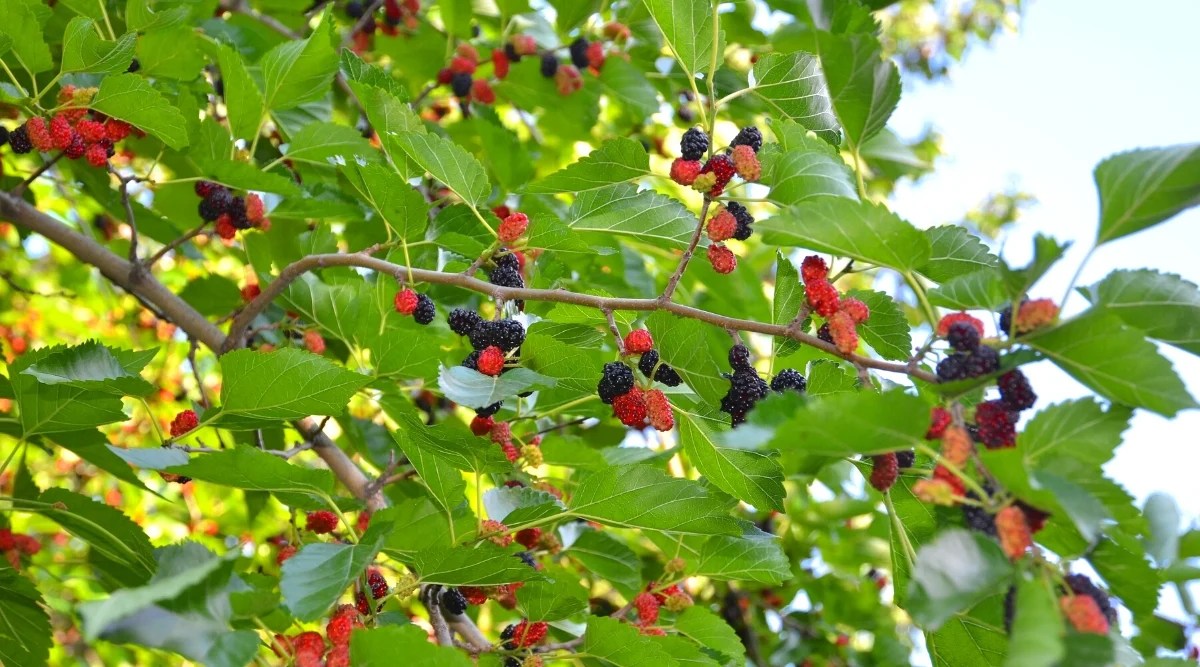
Final Thoughts
For some people , even consider creating a permaculture landscape painting is a bit daunting . But do n’t let this idea daunt you . Permaculture gardens can be large or modest . you may include both edible plants and ornamental plants as long as they avail contribute to ahealthy miniskirt - ecosystem in your yard . Grow works that you could use and that pull shuttlecock and pollinators while still being appealing to look at . Be certain to focalise only on species that mature well in your yard with your local environmental condition . at long last , have solitaire with your permaculture ; it wo n’t happen overnight , but over time , you will make a beautiful natural landscape painting that you’re able to enjoy for many years .
